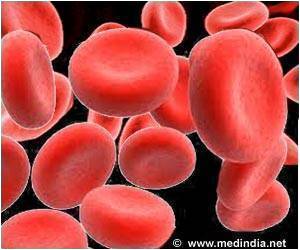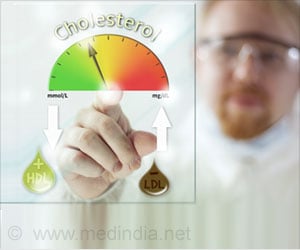Highlights
- The skeletal muscles use and burn down lipids or fats during the night time.
- Exercising lightly and fasting at night will help in losing body fat and increasing exercise endurance.
But researchers from Baylor College of Medicine and other institutions team discovered that diabetes can occur as a result of disrupting this natural cycle though exercise endurance can be enhanced.
The cycle is controlled by a molecule called histone deacetylase 3, or HDAC3.
"How the muscle uses glucose is regulated by its internal circadian clock that anticipates the level of its activity during the day and at night," said senior author Dr. Zheng Sun, assistant professor of medicine at Baylor.
"The circadian clock works by turning certain genes on and off as the 24-hour cycle progresses. HDAC3 is a key connection between the circadian clock and gene expression. Our previous work showed that HDAC3 helps the liver alternate between producing glucose and producing lipid. In this work, we studied how HDAC3 controls the use of different fuels in skeletal muscle." Sun added.
Researchers genetically engineered laboratory mice to deplete HDAC3 only in the skeletal muscles. Then they compared these knocked out mice with normal mice regarding how their muscles burn fuel.
Sun said "Lacking HDAC3 made the mice insulin resistant and more prone to develop diabetes."
Explanation for Exercise Endurance in HDAC3-knocked Out Mice
But HDAC3-knocked out mice showed superior exercise endurance when they were made to run on a treadmill.
"This was intriguing because diabetes is usually associated with poor muscle performance," said Sun. "Glucose is the main fuel of muscle, so if a condition limits the use of glucose, the expectation is low performance in endurance exercises. That's the surprise."
The researchers found that in HDAC3-knocked out mice, their muscles broke down more amino acids. As a result, their muscles used lipids and allowed them to burn lipid very efficiently.
Since the body carries a much larger energy reservoir in the form of lipid than carbohydrate, this could be a possible explanation for exercise endurance and it also challenges the carbohydrate-loading (carbo-loading) strategy for improving endurance performance.
"Carbo-loading didn't make evolutionary sense before the invention of agriculture," said Sun. "Switching muscles from using carbohydrates to lipids could increase exercise endurance, especially for low-intensity exercise."
HDAC3’s Link to Body's Internal Clock
"In normal mice, when the mouse is awake, the clock in the muscle anticipates a feeding cycle and uses HDAC3 to turn off many metabolic genes. This leads the muscles to use more carbohydrate," said Sun. "When the animal is about to go to sleep and anticipates a fasting cycle, the clock removes HDAC3. This leads the muscles to use more lipid."
The researchers speculate that human muscles will most likely follow the same cycle as mice muscles, thus opening the possibility of promoting burning of body fat by increasing exercise activity during the periods in which muscles use lipid, which is at night for people.
"Losing body fat would be easier by exercising lightly and fasting at night," said Sun. "It's not a bad idea to take a walk after dinner."
The study appears in Nature Medicine.
Reference
- Zheng Sun et al. Dissociation of muscle insulin sensitivity from exercise endurance in mice by HDAC3 depletion. Nature Medicine; (2016) doi:10.1038/nm.4245
Source-Medindia














